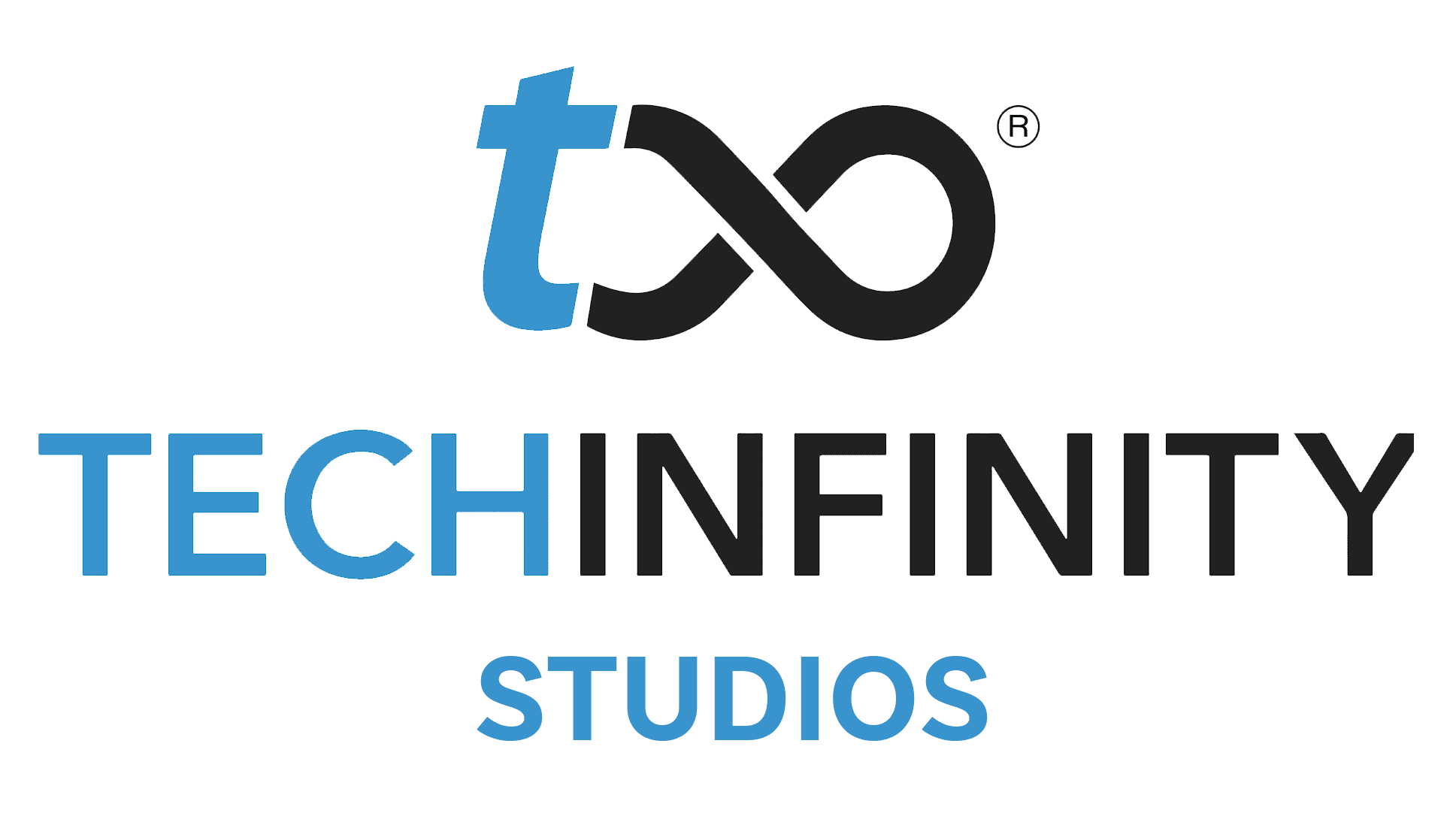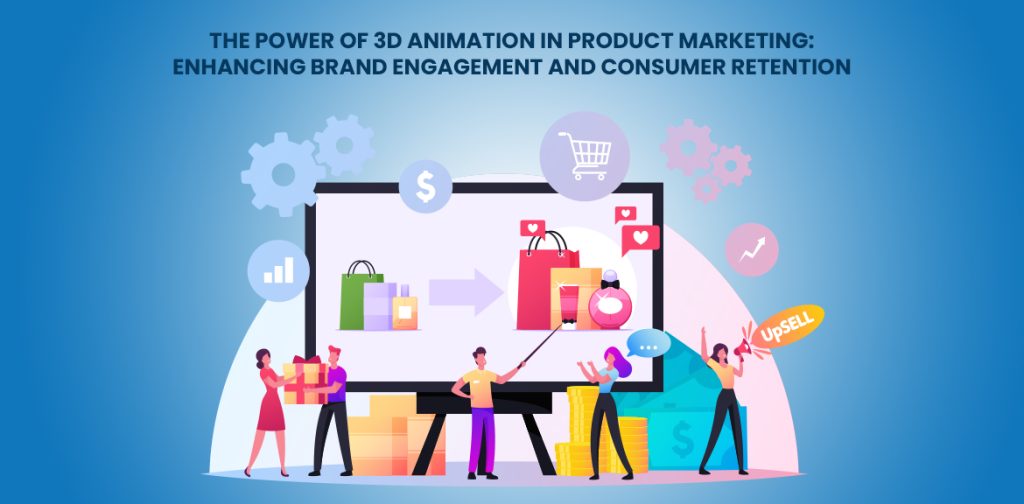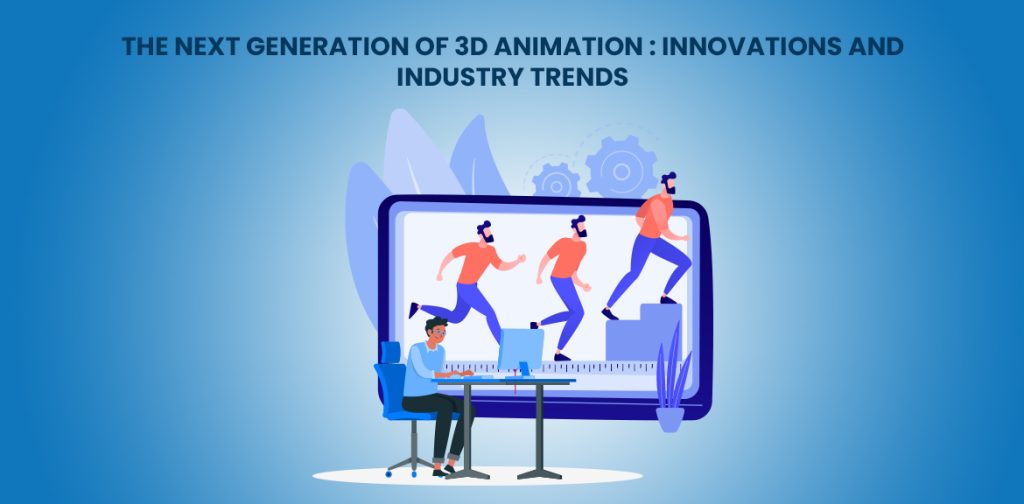The world of animation and visual effects (VFX) has long been a realm of endless imagination, where anything can come to life with the swipe of a stylus or the click of a mouse. However, behind the magic on screen lies a reality that is often overlooked: the significant environmental impact of animation production.
As global awareness of climate change and ecological responsibility grows, the VFX and animation industry is undergoing a profound transformation. Eco-friendly practices are no longer just a “nice to have”—they’re rapidly becoming a cornerstone of industry progress, particularly for studios specialising in product visualisation, animation, hybrid workflows, and the ever-evolving future of 3D animation.
The Environmental Footprint of Animation & VFX
Creating dazzling animated worlds may seem virtually weightless, but the process is surprisingly resource-intensive. Rendering complex 3D scenes demands vast amounts of computing power, often supplied by energy-hungry data centres. Meanwhile, sprawling studios with hundreds of high-powered workstations require constant cooling and lighting, leading to a considerable carbon footprint. Add in travel for global teams and physical materials for set design or model making, and the cumulative impact becomes even more serious.
Why Sustainability Matters—Now More Than Ever
With the escalating urgency surrounding climate change, audiences and creative professionals alike are demanding transparency and responsibility from the industry. Animation holds a unique sway over public consciousness—images and stories can inspire positive change and champion environmental values. Every eco-friendly shift within the industry has the potential to cascade outward, setting a standard for sustainable storytelling and production as a whole.

Greener Workflows: Practical Steps Toward Sustainability with VFX & Animation
How is the VFX and animation sector turning rhetoric into reality? Studios and artists across the globe are embracing a range of strategies designed to reduce resource consumption and environmental impact, while maintaining the highest standards of creativity.
1. Energy-Efficient Data Centres and Cloud Computing
The rise of cloud-based rendering services is one of the most significant green innovations. By shifting from traditional in-house servers—often running 24/7—to cloud environments powered by renewable energy, studios can notably reduce their carbon emissions. Some leading cloud providers now offer options to choose renewable power as default, and dynamically allocate resources to minimise waste. Not only does this cut energy costs, but it also allows projects like product visualisation animation to scale up or down as needed, improving flexibility and sustainability at every step.
2. Remote Collaboration and Distributed Teams
Hybrid animation studios, which blend in-person and remote work, have flourished since the global shift brought on by the pandemic. By empowering artists, animators, and VFX specialists to work from home, companies can reduce the daily carbon emissions associated with commuting and the significant energy demands of large studio spaces. Today’s collaborative platforms enable seamless sharing of scenes, assets, and feedback regardless of location, creating a more sustainable and inclusive production environment.
3. Eco-Friendly Hardware and Materials Using VFX
Studios are rethinking their approach to equipment, investing in energy-efficient workstations and screens, utilising power-saving modes, and recycling old hardware responsibly. When physical models, props, or sets are necessary, environmentally friendly materials—such as recycled plastics, biodegradable foams, or repurposed elements—take precedence. These practices are especially relevant for hybrid animation studios that bridge physical and digital worlds, striving for sustainability without sacrificing tactile creativity.
4. Paperless Processes and Digital Pipelines
From storyboarding to client approvals, the elimination of unnecessary printing has become standard. Digital production pipelines, including cloud-based asset management and review tools, streamline workflows and minimise material waste. This shift is as crucial for large-scale blockbuster films as it is for nimble product visualisation animation teams working with demanding clients and tight deadlines.
5. Sustainable Storytelling and Conscious Content With VFX
Perhaps the most innovative impact of sustainability in animation is its influence on the stories themselves. Studios are prioritising narratives that celebrate environmental values—from children’s animated programmes featuring recyclable heroes to commercial animations that highlight the clean, efficient benefits of a particular technology or product. By weaving green principles into their content, studios are enabling audiences to engage emotionally with sustainability, nurturing the next generation of eco-aware consumers.

The Future of 3D Animation: Inspiring Innovation
As 3D animation technology evolves, so do the possibilities for sustainable practice. Real-time rendering engines, for example, enable animators to make and review changes instantly, drastically reducing the hours (and electricity) required for iterative, frame-by-frame rendering. Additionally, advances in AI-powered automation mean routine tasks—like background generation or character rigging—can be accomplished more quickly, resulting in fewer wasted resources.
The move toward decentralised, hybrid animation studios is another trend shaping the future. By allowing teams to collaborate from different geographies, studios can draw from a wider, more diverse talent pool while reducing energy consumption and the environmental toll of travel and relocation. This approach is especially promising for complex projects like product visualisation animation, where team expertise may be spread across the globe.
Challenges and Community Effort
Adopting eco-friendly practices is not without its challenges. High upfront costs for energy-efficient hardware, the learning curve of new digital tools, and the demand for fast, faultless delivery all pose hurdles. However, studios that invest in sustainability consistently find new advantages: stronger brand reputation, cost savings over time, and increased appeal to clients aligning with green values.
The growing network of sustainability-focused industry groups and initiatives is helping to drive progress. From voluntary green studio certifications to collective purchasing of renewable energy, the industry is embracing collaboration, recognising that no single studio or artist can go it alone.
Final Thoughts
The animation and VFX sectors are on the cusp of a green revolution. Sustainable practices are transforming not only the way animations are made but also the stories they tell and the futures they imagine. From product visualisation animation to the wildest 3D worlds, embracing eco-friendly workflows is no longer an option—it’s an imperative for those wishing to lead the industry into a brighter, more responsible future.
By reducing their environmental footprint one frame at a time, today’s animation professionals are proving that even the most fantastical stories can help shape a sustainable tomorrow.


